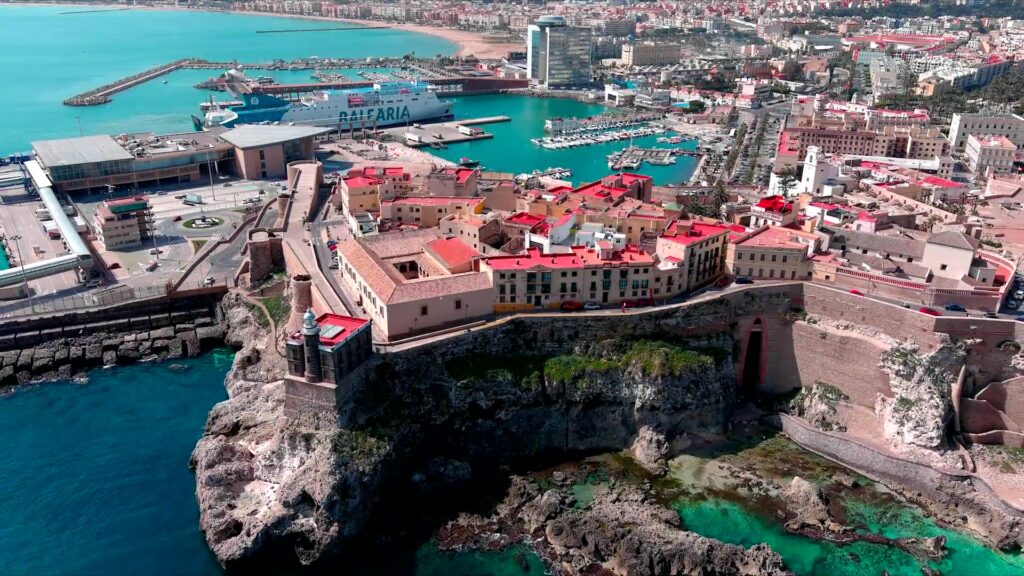 From Russia’s Kaliningrad to Angola’s Cabinda: Exploring Enigmatic Exclaves with Distinctive Cultures and Landscapes!
From Russia’s Kaliningrad to Angola’s Cabinda: Exploring Enigmatic Exclaves with Distinctive Cultures and Landscapes!
Discover a world of geographical enigmas and cultural crossroads as we embark on a journey to explore some of the most intriguing exclaves around the globe.
These isolated territories, surrounded by foreign lands, offer intrepid travelers a chance to delve into distinctive histories, traditions, and landscapes that set them apart from their neighboring countries–from the Russian exclave of Kaliningrad, boasting a fusion of European influences, to the lush rainforests and pristine beaches of Angola’s Cabinda, each destination presents a unique tapestry of experiences waiting to be unraveled.
Join us as we venture into these remarkable pockets of land, each brimming with its own charm, allure, and allure, and discover the appeal of the lesser-known inclusions on the world map.
Since, exclaves are territories that are geographically separated from the main part of a country, surrounded by the territory of another country. Visiting exclaves can be an interesting and unique experience, as they often have distinctive cultures, histories, and landscapes due to their isolation.
Here is a list of some notable exclaves and reasons to visit them: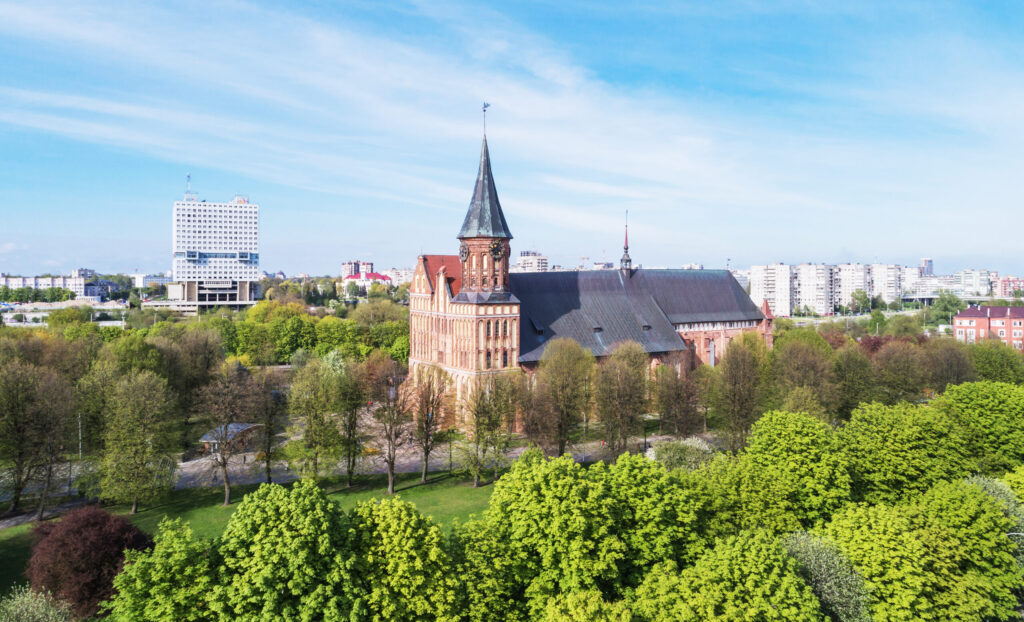
- Kaliningrad Oblast, Russia: Location: Situated between Poland and Lithuania, on the Baltic Sea coast. Why visit: Kaliningrad has a rich history and a blend of Russian and European influences. Visitors can explore its medieval castles, beautiful beaches, and museums. The city of Kaliningrad offers a unique mix of modern and historical architecture.
- Cabinda, Angola: Location: Surrounded by the Democratic Republic of the Congo and the Republic of the Congo along the Atlantic Ocean coastline. Why visit: Cabinda is known for its lush rainforests, diverse wildlife, and pristine beaches. It’s a great destination for nature lovers and those seeking an off-the-beaten-path experience in Africa.
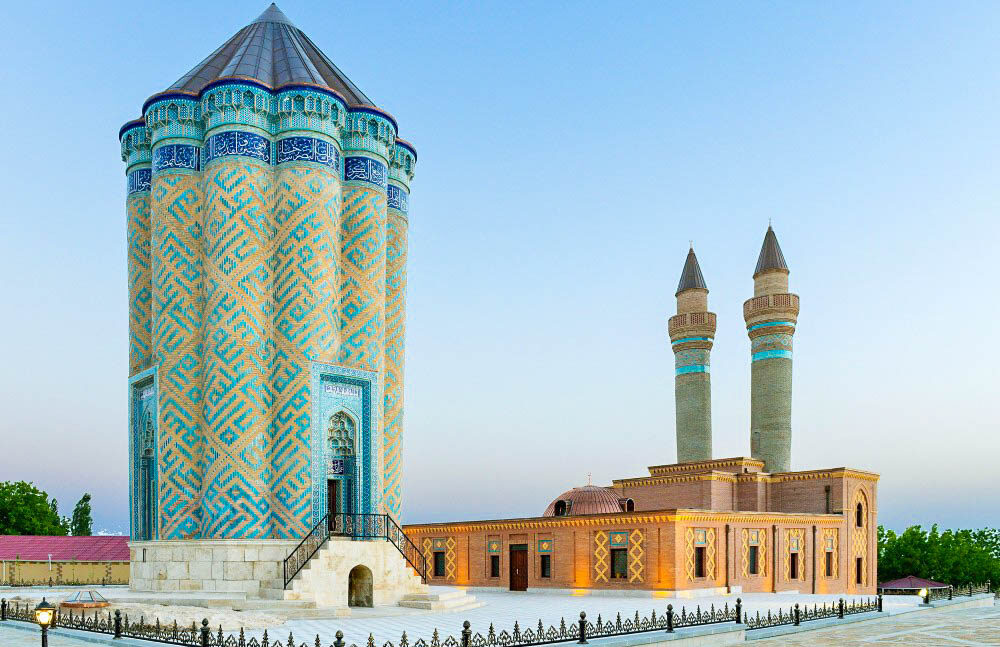
- Nakhchivan Autonomous Republic, Azerbaijan: Location: Separated from the rest of Azerbaijan by Armenia and Turkey. Why visit: Nakhchivan is rich in historical and architectural heritage, with ancient sites, mausoleums, and fortresses to explore. The region is also known for its beautiful landscapes and the opportunity to experience Azeri culture.
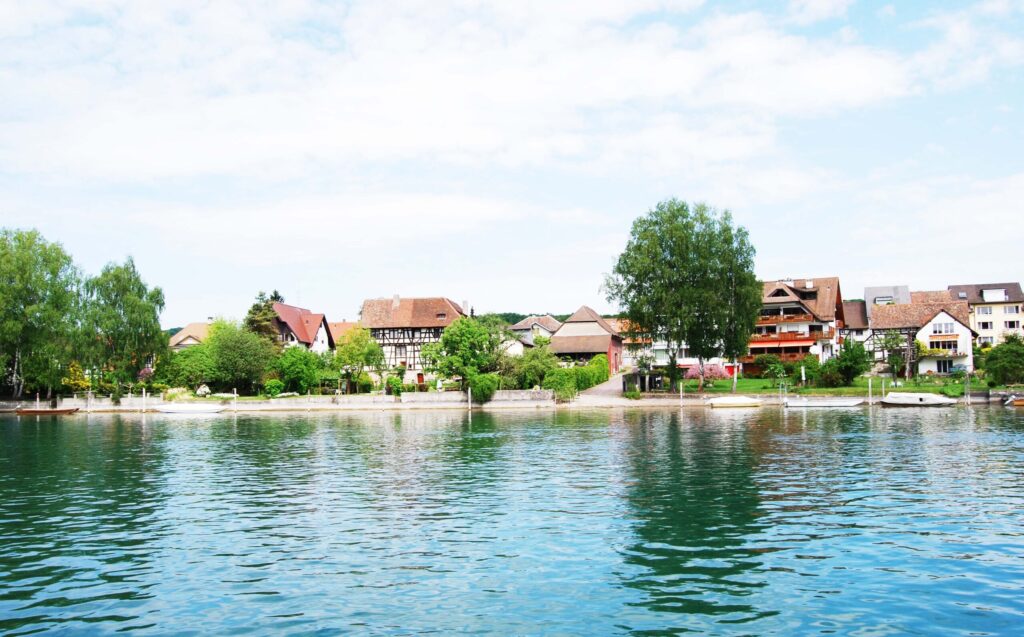
- Büsingen am Hochrhein, Germany: Location: Located within Swiss territory, near the Swiss-German border. Why visit: Büsingen offers an interesting blend of German and Swiss culture. Visitors can enjoy the picturesque setting along the Rhine River, experience the local customs, and explore the unique administrative situation of this exclave.
- Campione d’Italia, Italy: Location: Surrounded by Switzerland, on the shores of Lake Lugano. Why visit: This small Italian enclave is famous for its casino and scenic location by the lake. It’s a popular destination for gamblers and tourists looking to experience Italian culture with a Swiss twist. And, the food scene is amazing.
- Point Roberts, United States: Location: Located at the southernmost tip of the Tsawwassen Peninsula in British Columbia, Canada. Why visit: Point Roberts is a charming community with a laid-back atmosphere. It’s a great destination for outdoor activities such as hiking, fishing, bird-watching, and enjoying the beautiful coastline.
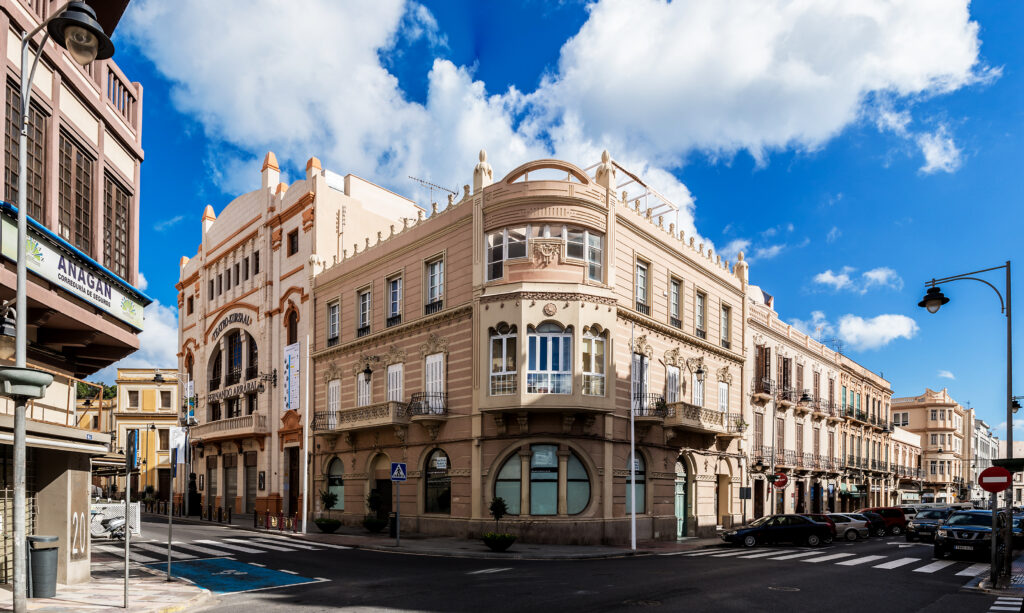
- Melilla, Spain: Location: Situated on the northern coast of Morocco, on the Mediterranean Sea. Why visit: Melilla is a fascinating mix of Spanish and Moroccan culture. The city boasts historic fortifications, beautiful beaches, and a vibrant atmosphere with diverse culinary delights.
TIPS: Visiting these exclaves can allow travelers to discover unique cultural interactions, historical significance, and breathtaking landscapes that differ from the surrounding regions. However, before planning a trip to any of these exclaves, it’s essential to research travel restrictions, visa requirements, and political situations to ensure a smooth and safe journey.
Did you know?
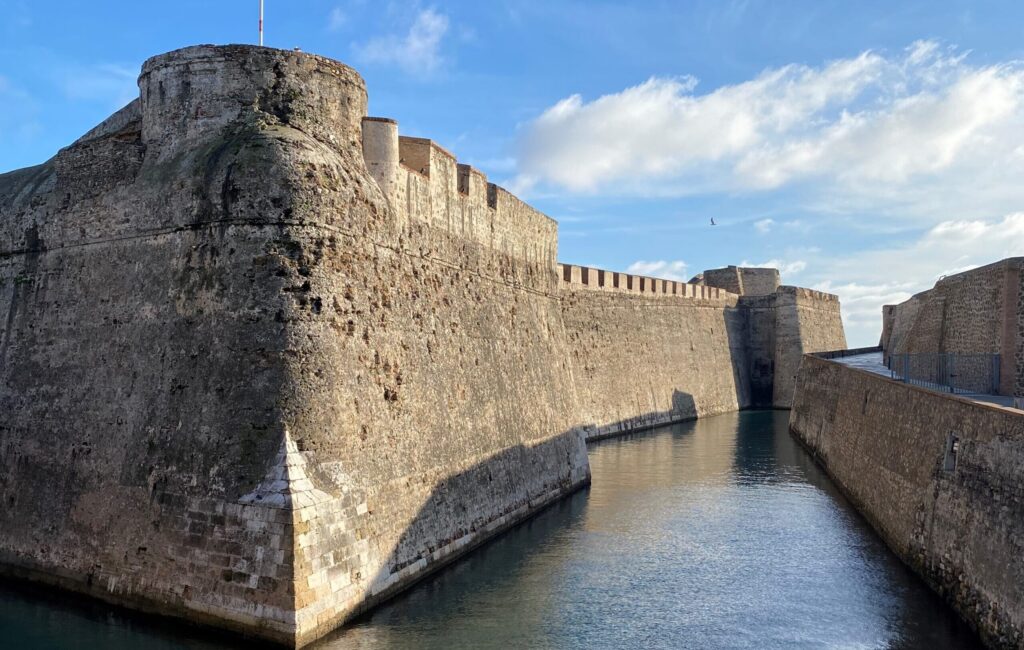 Here’s something you might not know about exclaves: Some countries have exclaves within exclaves, creating an even more complex border situation. This is known as a “second-order” exclave.
Here’s something you might not know about exclaves: Some countries have exclaves within exclaves, creating an even more complex border situation. This is known as a “second-order” exclave.
For example, consider the border between India and Bangladesh. India has an exclave called “Dahala Khagrabari” within Bangladesh’s “Upanchowki Bhajni” exclave. So, Dahala Khagrabari is an Indian territory that can only be accessed by traveling through another country’s exclave.
These nested exclaves are relatively rare and add a layer of complexity to border arrangements, making them a fascinating aspect of geopolitical geography.
A little history:
The concept of exclaves has a long and diverse history, shaped by geopolitical developments, territorial disputes, and the evolution of nation-states.
Here are some key historical points about exclaves:
- Medieval Period: Exclaves have existed since ancient times, but their prevalence increased during the medieval period when feudal lords and monarchs granted territories to vassals or allies. These territories often ended up surrounded by lands owned by other feudal lords or rival kingdoms, creating isolated enclaves and exclaves.
- Colonial Era: During the colonial era, European powers established colonies and trading posts worldwide. As borders were drawn and territories were divided among colonial powers, some areas became exclaves, separated from their home country by foreign lands or seas.
- Treaty of Westphalia (1648): The Treaty of Westphalia, which ended the Thirty Years’ War, is considered a significant event in developing the modern nation-state system. It introduced the concept of territorial sovereignty and recognized the right of states to control their own borders, which influenced the handling of exclaves.
- Boundary Adjustments: Over the centuries, wars, treaties, and diplomatic negotiations led to changes in borders, often resulting in the creation of exclaves. Sometimes, these were strategic decisions; in other cases, they were unintended consequences of boundary delimitations.
- The 20th Century: The 20th century witnessed significant geopolitical changes due to two World Wars and the end of colonial rule. New countries emerged, and borders were redrawn, leading to the reconfiguration of exclaves and the emergence of some unique situations.
- Enclave and Exclave Disputes: Exclaves have been central to territorial disputes between countries. Such conflicts have often resulted in tensions, border closures, or diplomatic negotiations to resolve the issues. Some disputes remain unresolved to this day.
- Creation of Autonomous Regions: In some cases, countries have granted autonomy to regions within their borders, establishing autonomous territories or areas that function as semi-independent entities within the larger nation. These autonomous regions can sometimes take the form of exclaves, separated from the main part of the country.
- Modern Exclave Adjustments: Recently, some countries have negotiated territorial adjustments to address the challenges posed by exclaves. This can involve exchanges of land or territorial swaps to streamline borders and reduce the complexity of administration.
WHAT IS THE DIFFERENCE BETWEEN AN EXCLAVE AND ENCLAVE?
The main difference between an exclave and an enclave lies in their geographical relationship with neighboring territories:
- Exclave: An exclave is a part of a country’s territory that is geographically separated from the main part of the country and is surrounded by the territory of another country. In other words, an exclave is a portion of a country that is physically disconnected from the rest of that country. It may be situated on land or an offshore territory separated by seas or territorial waters of another country.
An example of an exclave is Kaliningrad Oblast, which is part of Russia but is separated from the rest of Russia and surrounded by the countries of Poland and Lithuania.
- Enclave: An enclave is a part of a country’s territory that is entirely surrounded by the territory of another country. In contrast to an exclave, an enclave is a portion of a country that is fully enclosed by the borders of another country. It may also be located on land or as an offshore territory.
An example of an enclave is Lesotho, a country surrounded by South Africa, with its territory entirely enclosed by South African borders.
To summarize, the key difference is that an exclave is a portion of a country that is separated from the main part of the country and surrounded by foreign territory.
In contrast, an enclave is a portion of a country that is entirely enclosed within the borders of another country.
Both exclaves and enclaves are fascinating geographical anomalies and can present unique challenges and opportunities in governance, administration, and international relations.


